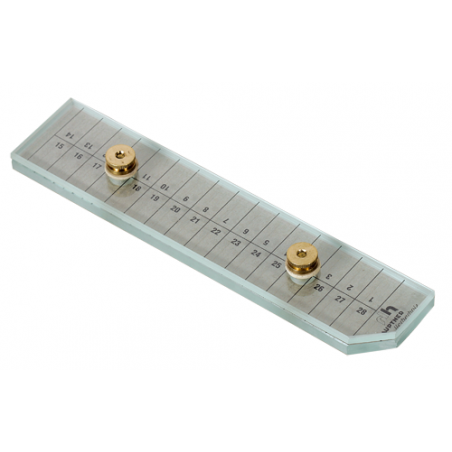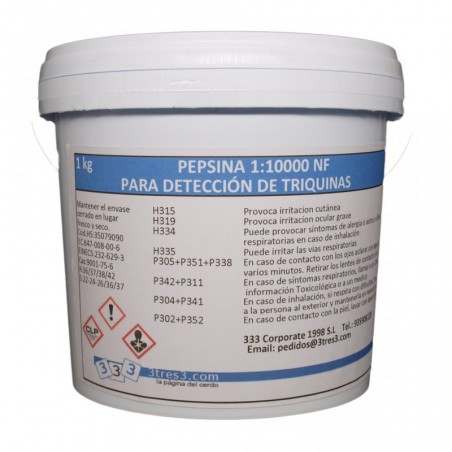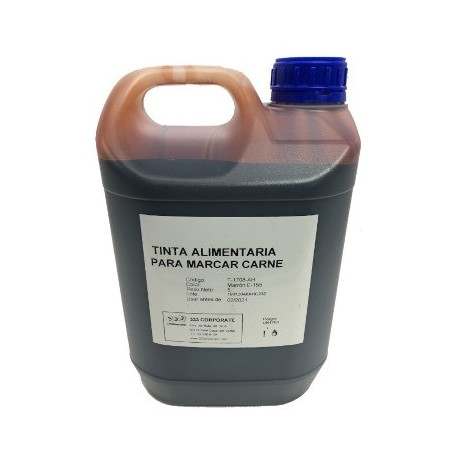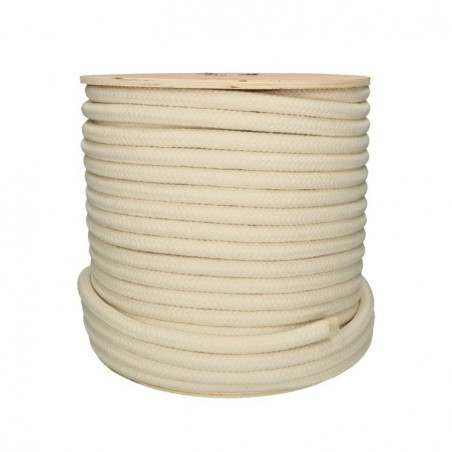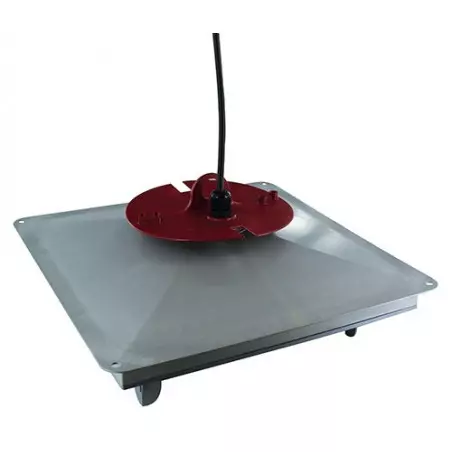Video surveillance systems in slaughterhouses are an additional tool available to slaughterhouse operators to accredit that legal requirements are met and that animal welfare is maintained during all operations carried out with live animals within the slaughterhouse facilities.
It is also an instrument available to the slaughterhouse's Official Veterinary Service (OVS) as a complement to the controls it carries out to evaluate compliance with animal welfare standards.

The following is a detailed description of the state of implementation of this or similar systems in different countries in an attempt to reinforce the guarantee of compliance with the legal regulations regarding animal welfare in slaughterhouses.
Spain
- On August 24, 2023, the mandatory requirement for Spanish slaughterhouses to install video surveillance systems came into force (except for small slaughterhouses, which will do so in August 2024). This makes Spain the first country in the European Union to legislate installation.
- The footage must be kept for one month after being recorded unless it has captured an act that threatens the integrity of persons, property, or facilities.
- The cameras shall show the facilities where live animals are located, including unloading areas, driving aisles, and stunning and bleeding areas. However, the waiting areas where the transportation vehicles with live animals are located before unloading begins are exempt from the requirement to have cameras.
- Some of the slaughterhouse and meat industry associations have prepared a guide to help operators comply with the specifications of the standard.
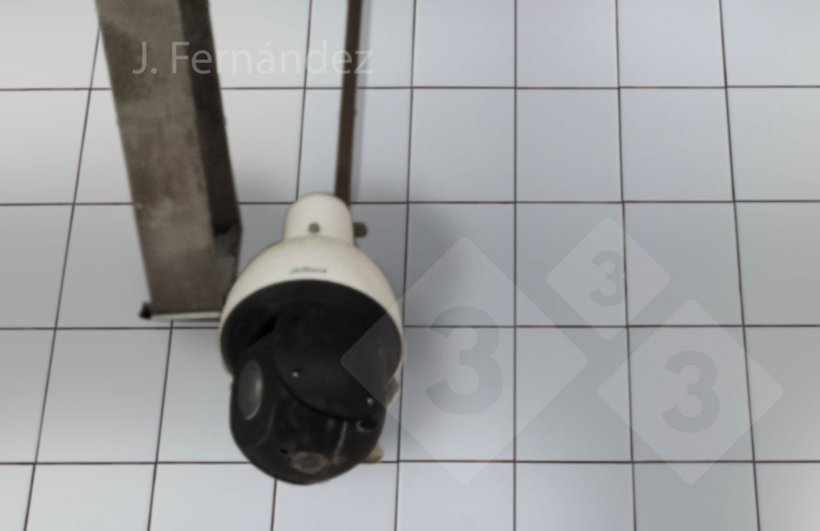
England
- On May 4, 2018, the rule requiring the installation of closed-circuit television (CCTV) in slaughterhouses came into force. They had a period of six months to comply.
- Footage must be kept for a minimum of 90 days from the date of recording.
- Cameras should be present in all areas where live animals are present and reflect, without blind spots, the death of the animal and all related operations.
- The images must be sufficiently clear and, in case of dark areas, the installation of infrared cameras is recommended.
- The operator is responsible for the quality of the video and that the workers have the necessary training to store, process, and transmit the information, as well as everything necessary to access the system if required by the inspectors.
- The authorities designed a guide that informs operators on how to comply with the specifications of the standard.
Scotland
- The use of CCTV in slaughterhouses has been mandatory since July 1, 2021, including unrestricted access given to the OVS.
- The footage must be stored for 90 days.
Wales and Northern Ireland
- The use of CCTV in slaughterhouses is not mandatory.
- They are consulting with the affected industries and have provided aid to encourage their installation.
France
- In 2018, this country introduced changes to its legislation to improve animal welfare in slaughterhouses. The video surveillance system is not mandatory, but voluntary. Most slaughterhouses use it for preventive and educational purposes, to raise awareness among operators working in contact with animals.
- In 2021, the Ministry of Agriculture approved a control plan with coordinated and unannounced inspections. The objective was to have a comprehensive report of irregularities and to oblige the operator to correct them.
Israel
- The Ministry of Agriculture ordered the installation of CCTV in slaughterhouses throughout 2016.
- The images are transmitted live to a central control room at the Ministry, which could be considered a stronger deterrent against animal welfare irregularities.
Netherlands
- The use of CCTV in slaughterhouses is not mandatory, but in 2017 the government and the industry agreed on the voluntary installation of CCTV in all large and medium-sized slaughterhouses.
Germany
- In June 2020, in the State of Lower Saxony, a voluntary agreement was reached between meat and trade associations, the Lower Saxony Association of Cities and Towns, and the Lower Saxony Ministry of Food, Agriculture and Consumer Protection, in which guidelines for the use of CCTV in slaughterhouses were established without legal requirements.
- The German federal government has set itself the goal of creating a legal requirement for the implementation of CCTV in slaughterhouses.
United States
- There is no legal requirement for CCTV in slaughterhouses. However, most large slaughterhouses have been using CCTV systems for over a decade.
Conclusions:
- It is important to have real data on the level of compliance and the effectiveness of the implementation of this type of standard after a few years.
- Noncompliance must be promptly detected and the OVS must demand immediate corrective action so that animal welfare is not compromised.
- It is important to act based on risk and the results of the operator's daily work indicators.
The use of new technologies contributes to guaranteeing animal welfare in the slaughterhouse and helps the official veterinarians have objective elements that demonstrate the operators' compliance with regulations. The implementation of video surveillance systems will not replace the work carried out in person by official veterinarians.





